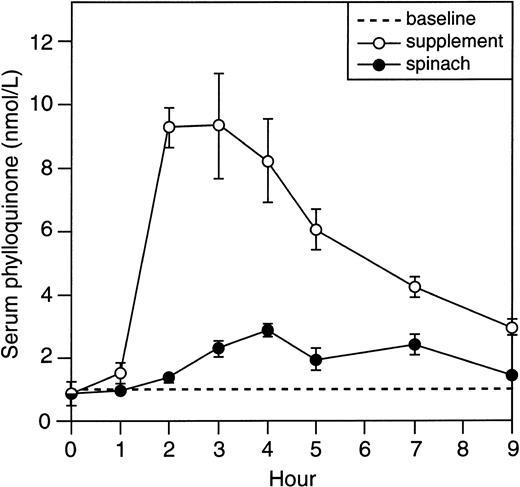Greg says
Member
- Joined
- Nov 6, 2014
- Messages
- 385
Aspirin always made me feel a bit weird. Sort of fragile. It made me feel like i had to just be still and lay down.
Intersting observation. This is how I feel. I've just taken a gram and was going to go out, but i thought/ felt that I better just lay down and take it easy [as if I was coming down with something??]. Maybe a reduction of stress hormones.


